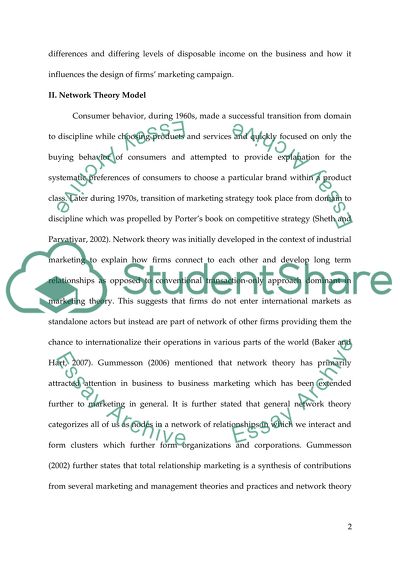Cite this document
(“Understanding the international marketing environment Essay”, n.d.)
Retrieved from https://studentshare.org/environmental-studies/1413602-understanding-the-international-marketing
Retrieved from https://studentshare.org/environmental-studies/1413602-understanding-the-international-marketing
(Understanding the International Marketing Environment Essay)
https://studentshare.org/environmental-studies/1413602-understanding-the-international-marketing.
https://studentshare.org/environmental-studies/1413602-understanding-the-international-marketing.
“Understanding the International Marketing Environment Essay”, n.d. https://studentshare.org/environmental-studies/1413602-understanding-the-international-marketing.


